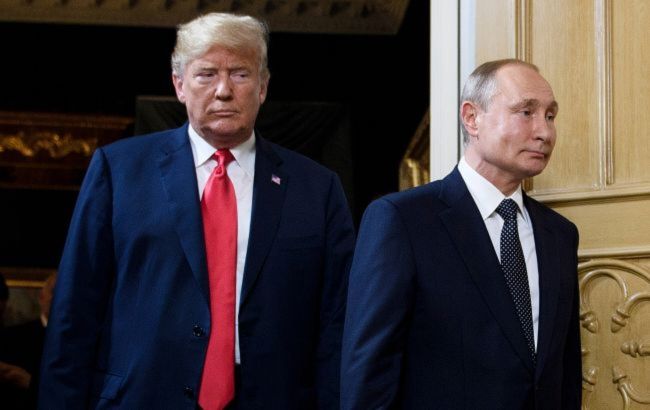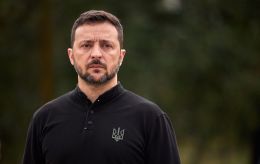Bloomberg says US secret service faced difficulties preparing Alaska summit
 Photo: US President Donald Trump and Vadimir Putin (Getty Images)
Photo: US President Donald Trump and Vadimir Putin (Getty Images)
The United States Secret Service encountered problems while organizing the Donald Trump and Vladimir Putin summit in Alaska, according to Bloomberg.
According to Bloomberg’s sources, when Donald Trump announced the summit a week ago, the single agent stationed in the Secret Service’s so-called "last frontier" post, Alaska, began preparing to receive hundreds of additional staff in the coming days.
The task proved especially challenging: protecting both presidents at the same venue, each accompanied by heavily armed security, meant "all-out sprint, compressed into a single week."
Limited resources
While US agents can freely transport firearms, communications gear, and medical equipment on home soil, Alaska’s geography complicates logistics. Anchorage has a limited number of hotel rooms and a small rental car market, so vehicles and other resources are being flown in from elsewhere. SUVs for motorcades are arriving from the continental US aboard cargo planes.
The summit will take place at Joint Base Elmendorf–Richardson, Alaska’s largest military installation, with controlled airspace, fortified gates, and instant access to military units. As an active base, it is closed to the public.
"We’re in the height of tourist season, so hotels are tight, cars are tight," Alaska Governor Mike Dunleavy said on Bloomberg Television on Thursday. "Having this on the base alleviates a lot of issues."
Although Anchorage has hosted Pope John Paul II and former US President Ronald Reagan, Dunleavy called this summit "one of the biggest events" in the city’s history.
Protocol of reciprocity
State Department officials noted that top-level bilateral meetings follow reciprocity rules; any privilege given to one leader must be matched for the other. Putin’s immediate movements will be handled by his own security, while the US Secret Service will maintain the external security perimeter.
No side will open the other’s doors or use its vehicles. If ten US agents are posted outside the meeting room, ten Russian agents will stand opposite, "body to body, gun to gun." This symmetry extends from motorcade arrivals to the seating of interpreters. Both sides will bring their translation teams, and even the number and size of secure waiting rooms for each leader are agreed separately.
Sources said the Secret Service is still awaiting Russia’s formal approval of the complete security plan.
Hundreds of agents have now arrived in Anchorage. Downtown hotels are full, rental fleets have been cleared for motorcade use, and suited agents with earpieces are stationed at intersections while others in plain clothes blend into cafés and parking lots.
Alaska State Troopers and local police are integrated into motorcade routes planned down to each turning lane. Every movement of the leaders’ vehicles is choreographed to avoid crossing paths while ensuring full protection.
Additional burdens
The Alaska deployment coincides with other major assignments. The Secret Service is protecting Vice President JD Vance in the UK, preparing for the UN General Assembly in New York in September, and securing former Presidents Barack Obama, Joe Biden, George W. Bush, and former Vice President Kamala Harris.
This week, 20 agents and officers have also been detailed to support federal control of Trump’s security operations in Washington, D.C.
Alaska summit
On Friday, August 15, at Joint Base Elmendorf–Richardson in Anchorage, US President Donald Trump and Vladimir Putin will hold talks.
The main agenda is a ceasefire and a potential end to the war between Russia and Ukraine. After bilateral talks, a trilateral summit with Ukrainian President Volodymyr Zelenskyy is planned.
Trump has said that if the meetings with Putin and Zelenskyy are successful, peace could come quickly. At the same time, he stressed that Putin will not mess around with him during the Alaska talks.

